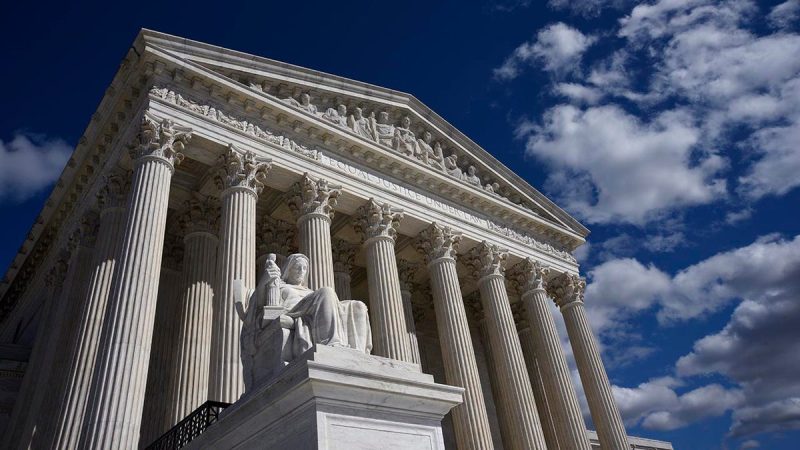In the realm of American politics and constitutional law, the composition of the Supreme Court plays a pivotal role in shaping the ideological balance of the nation’s highest judicial body. Recently, with the passing of Justice Ruth Bader Ginsburg and the subsequent confirmation of Justice Amy Coney Barrett, the Court’s conservative majority has been solidified. Despite the pending election, legal experts maintain that this conservative majority is likely to persist regardless of the election outcome.
The process of Supreme Court appointments and confirmations has become increasingly contentious over the years, with political partisanship often influencing these decisions. The appointment of Justice Barrett, only a few weeks before the 2020 presidential election, sparked debates regarding the timing and implications of such a move on the Court’s ideological balance.
The current conservative majority on the Supreme Court has implications for a wide range of legal issues, from reproductive rights and healthcare to voting rights and civil liberties. With the addition of Justice Barrett, some fear that the Court may lean further towards conservative interpretations of the law, potentially impacting the outcome of future cases.
Legal experts argue that the balance of the Court is likely to remain conservative regardless of the election results due to the enduring influence of Chief Justice John Roberts. As a conservative-leaning jurist who has occasionally sided with liberal justices on key issues, Chief Justice Roberts has demonstrated a commitment to maintaining the Court’s institutional integrity and impartiality.
Furthermore, the recent confirmation of Justice Barrett has been seen as a strategic move by the current administration to secure a long-lasting conservative majority on the Court. With her appointment, the balance of the Court is expected to shift further to the right, solidifying conservative influence on key legal decisions for years to come.
Despite the efforts of some political leaders to rebalance the Court through reforms such as court-packing, the prospect of significantly altering the ideological composition of the Supreme Court remains uncertain. Legal and constitutional constraints, as well as the need to preserve the Court’s independence and legitimacy, pose significant challenges to any attempts to reshape the Court’s composition.
In conclusion, the ideological balance of the Supreme Court, particularly its conservative majority, is likely to persist regardless of the outcome of the upcoming election. The recent confirmation of Justice Barrett and the enduring influence of Chief Justice Roberts are expected to maintain the Court’s conservative tilt for the foreseeable future. As the nation grapples with issues of law, policy, and governance, the composition of the Supreme Court will continue to shape the legal landscape and influence the trajectory of American jurisprudence.

